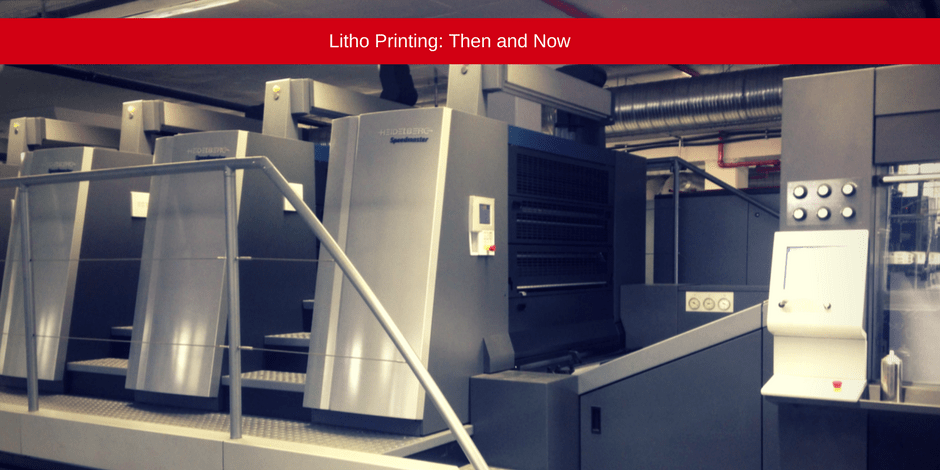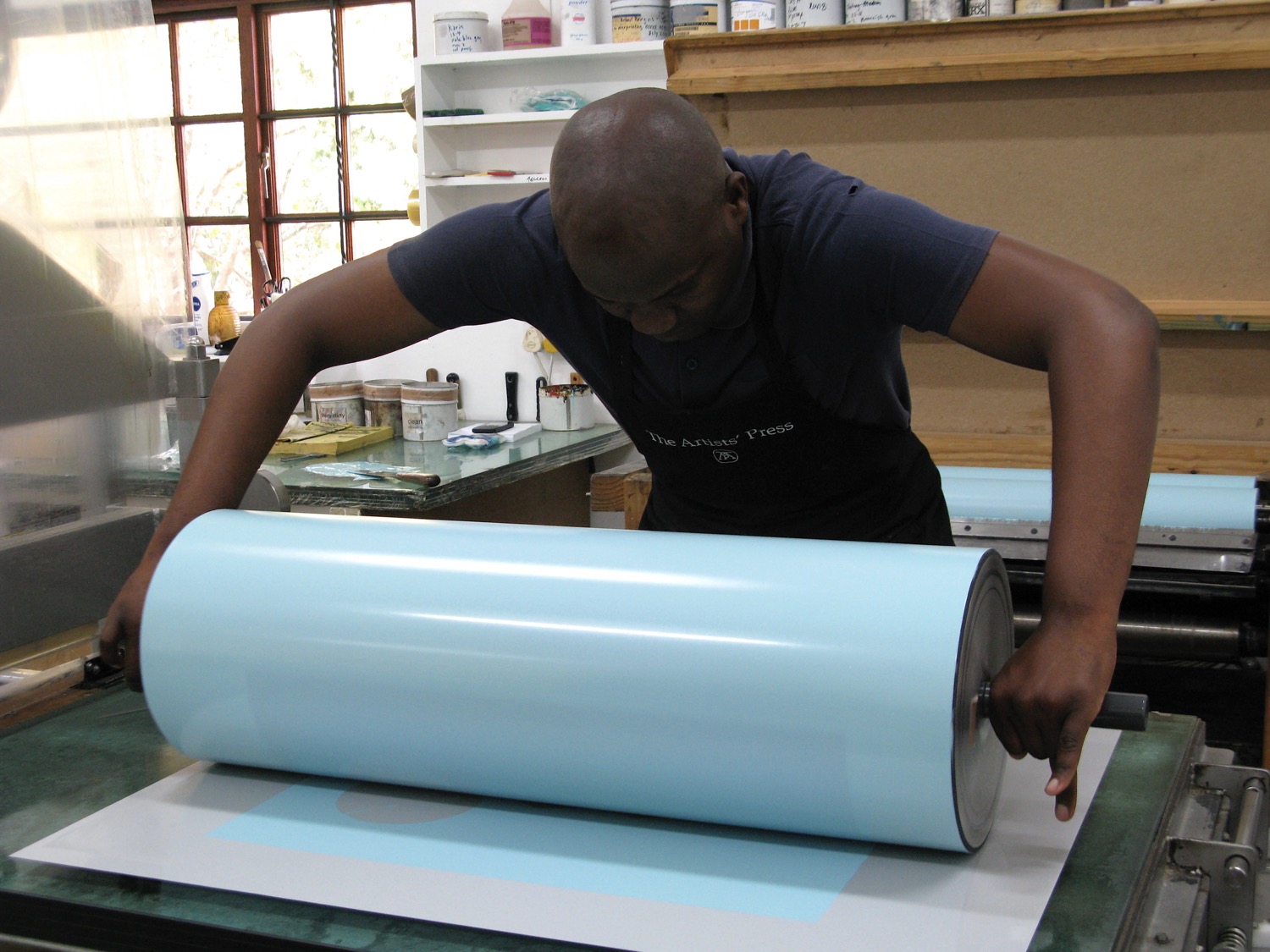A Comprehensive Guide to Recognizing Litho Printing Methods
The globe of litho printing, a method originating from the late 18th century, is a fascinating blend of history, science, art and advancement. This thorough guide will unravel the intricacies of this printing method, from the composition of litho inks to the obstacles faced in contemporary applications. As we venture right into the details of lithography, the relevance of automation and sustainability in guaranteeing its future importance comes to be significantly clear. Remain with us as we journey right into the fascinating realm of litho printing.
The Historical Development of Litho Printing
The historical trajectory of litho printing, an essential development in the world of communication, is a fascinating story of human ingenuity. The process progressed with the introduction of the rotary press, which greatly enhanced efficiency. Each stage of litho printing's development showcases humanity's unrelenting search of effectiveness and quality in aesthetic communication.
Translating the Science Behind Litho Printing Inks
Progressing in the exploration of litho printing techniques, the emphasis now changes to the scientific research behind litho printing inks. The make-up of these inks, their drying procedure, and shade mixing methods form the foundation of this complicated art kind. Recognizing these aspects is essential to understanding the craft and accomplishing the desired print outcomes.
Make-up of Litho Inks
In lithographic printing, the essential role of litho inks can not be overstated. The make-up of litho inks differs depending on its purpose, yet usually, they contain two main elements - pigments and automobiles. Pigments, the color-providing elements, are finely ground particles put on hold in the car, a liquid that carries the pigment onto the printing surface. The vehicle is a complicated mixture of oils, solvents, and materials, which affect the ink's drying time, attachment, and gloss. Additionally, different ingredients exist to enhance specific properties like circulation, drying, and resistance to ecological results. Each component plays a critical part in the last print's high quality, making the exact formula of litho inks an intricate scientific research.
Ink Drying Process
From the structure of litho inks, interest transforms to the remarkable procedure of ink drying. The drying process is vital, as it affects the last print's high quality and longevity. Two main techniques are utilized in litho printing: oxidative drying and absorption. Oxidative drying involves the ink reacting with oxygen in the air to form a hard, dry movie. This technique supplies a durable surface, however can be slower contrasted to absorption. Absorption, on the various other hand, involves the ink seeping right into the paper fibers, which is a much faster procedure yet can lead to much less lively shades. The choice between these methods depends on aspects such as print speed requirements, the paper kind utilized, and the preferred finish.
Color Mixing Methods
While the drying out process plays a crucial role in litho printing, the scientific research of color mixing strategies holds equal importance. The science behind litho printing inks likewise takes into account the openness of the ink, which impacts exactly how shades overlay and mix.
The Art and Layout Aspects in Litho Printing
Litho printing breathes life into art and layout with its distinct components. The process involves creating an image on a lithographic sedimentary rock plate or steel plate with a smooth surface area. The picture is then printed onto a medium, normally paper, by transferring the ink from the plate. What collections litho printing apart is its capability to replicate elaborate styles with high integrity, making the result virtually the same to the initial art work. This is accomplished through the use of various line techniques such as stippling, hatching, and cross-hatching, which enable a series of tonal impacts. Additionally, litho printing suits a variety of shades, allowing artists to create vivid and dynamic prints. This combination of accuracy and flexibility makes litho printing a favored option for numerous musicians and developers.
Modern Applications of Litho Printing Techniques
Litho printing strategies have actually located comprehensive use in the modern business sector. Its influence and significance remain to grow with the development of brand-new developments and technologies in the area. This section will discover these modern applications and the transformative duty they play in the printing sector.
Industrial Litho Printing Uses
In today's digital age, one may question the importance of standard printing techniques. Yet, litho printing remains a crucial part of the business sector. High-volume printing tasks, such as the production of books, papers, and packaging, rely on litho printing for its capacity to provide exceptional photo high quality and price efficiency. The procedure, which includes moving an inked picture from a plate onto a rubber covering and afterwards to the printing surface, uses unparalleled consistency. This makes it suitable for tasks needing a huge print run. Litho printing additionally gives a wide color range, premium to that of digital printing. This makes it the best selection for tasks that require vivid, top quality color recreation.
Innovations in Litho Printing
Pushing the boundaries of conventional techniques, modern-day improvements have actually sustained a host of innovations in litho printing. These innovations have not only improved the top quality and performance of litho prints however additionally expanded its application extent. One popular advancement is digital litho printing, which combines the merits of electronic technology with litho's top notch outcome. This crossbreed design offers faster arrangement times, decreased waste, and allows on-demand printing. One more remarkable development is the introduction of eco friendly inks. These inks, made from veggie or soy-based remedies, have significantly minimized the market's ecological impact. litho printing. Additionally, the development of innovative plate innovation has structured the printing process, causing sharper images and improved color integrity. These technologies highlight the enduring importance of litho their explanation printing in the modern world.
Checking out the Process of Litho Printing: Detailed

Obstacles and Solutions in Contemporary Litho Printing

Despite the precision and tradition that litho printing happily upholds, it is not without its collection of contemporary obstacles. One of the most common issues consist of the high initial setup expense, problem in printing variable data, and environmental concerns due to chemical usage. Remedies are emerging as technology progresses. Digital litho printing enables affordable brief runs and easy personalization, dealing with the problem of variable data. Environmentally-friendly inks and more secure plate-making processes alleviate environmental worries. In addition, innovations in automation have lowered labor costs, even more equalizing the lithography procedure. Hence, while there are difficulties, the litho printing sector is proactively adjusting to fulfill them head-on, guaranteeing its significance in the future.
Conclusion
In conclusion, litho printing, with its abundant background and scientific ins and outs, holds a considerable location in the print industry. As the overview discloses, it's a synthesis of art and innovation, with contemporary innovations ensuring its relevance. The market faces obstacles that need cutting-edge services, with an emphasis on automation and sustainability. The future of litho printing rests on its ability to adjust to these altering demands, verifying its enduring worth in a progressing market.
